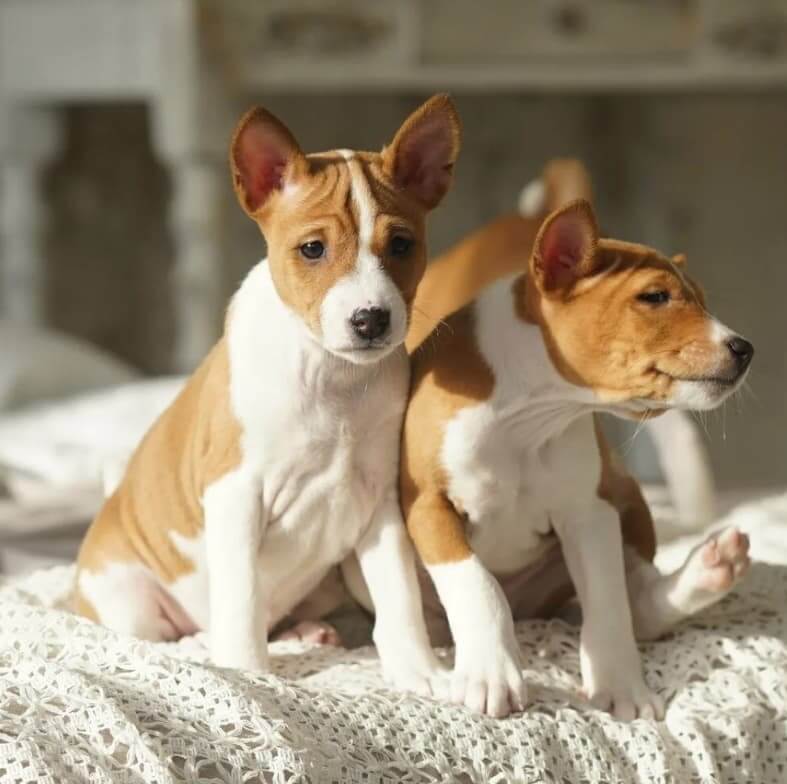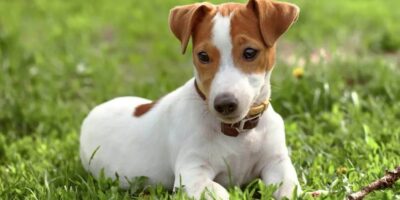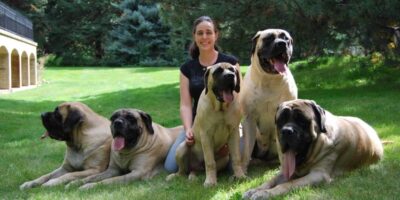This dog comes in two sizes: small and medium. It is identified by the presence of a stiff coiled tail and a wrinkled forehead. The Basenji has a short, shiny, and smooth coat.
Red and white, black and white, black and tan, striped, striped and white, and multicolored are all possible color combinations. Refer to the description of the breed standards for further information.
At the withers, an adult male should be 43 cm tall, while a female should be 40 cm. Mature males should weigh 11 kg, while adult females should weigh 9.5 kg.
- Dogs that are appropriate for novice owners
- Requires some kind of instruction
- Favors brisk walks
- Prefers to walk daily for one hour
- Average dog
- Weak salivation
- It requires weekly grooming
- Not an allergen-free breed
- Quiet dog
- There are no safeguarding characteristics
- Could need training to coexist with other animals
- Training may be necessary to interact with youngsters
Origins
Basenjis were likely bred as companions for the pharaohs; the pyramids in Egypt have depictions of such dogs. Eventually, the breed was transported to Central Africa to reduce the long-toothed and cane-rat populations in the Congo lowlands.
These big rodents posed a serious danger to domestic animals, necessitating the use of a skilled hunting dog. The breed was not known to the western world until Queen Victoria’s reign, when early African explorers saw this “no barking dog.”
Character
There have been reports of these canines scaling trees and fences! When it comes to strangers, they prefer to maintain a distance. Basenjis tend to “argue” with other dogs, and thus early socialization is vital for them.

Behavior
The dog’s favorite hobby is following its scent and using its extraordinary sense of smell to locate stuff. This breed was developed primarily for long-distance travel. These dogs need extensive exercise.
However, it may be challenging to train a pet to return on command while it is pursuing a scent of interest. Some see conventional training as ineffective. But if you supplement regular training with games and tricks, you will have the cutest and most entertaining friend.
Health
Physical Exercises
Basenjis were developed to hunt in rough terrain. This dog requires at least one hour of daily exercise. If you can offer it, his endurance will enable him to withstand significant effort. Basenjis are challenging to train. Nevertheless, she gains from dog sports. They are less fearful of the road than other kinds. Therefore, vigilance should be used while walking a dog near traffic.
Nutrition
Hair care
Basenjis themselves are wonderful at taking care of their short, lustrous and gorgeous fur. It may be brushed with gloves once each week to eliminate dead hair. Ears and claws should be examined regularly. This essentially restricts the treatment, and no more action is required.


